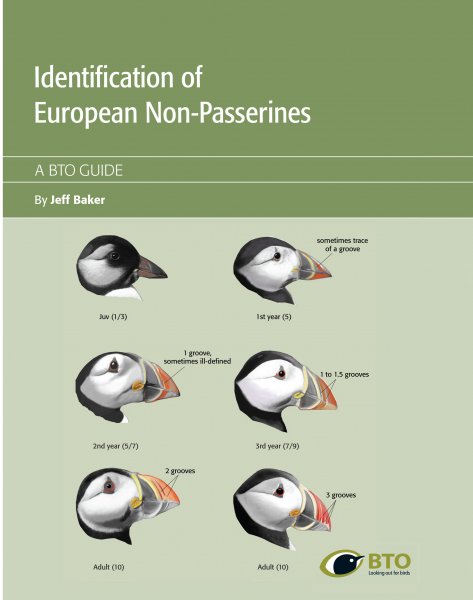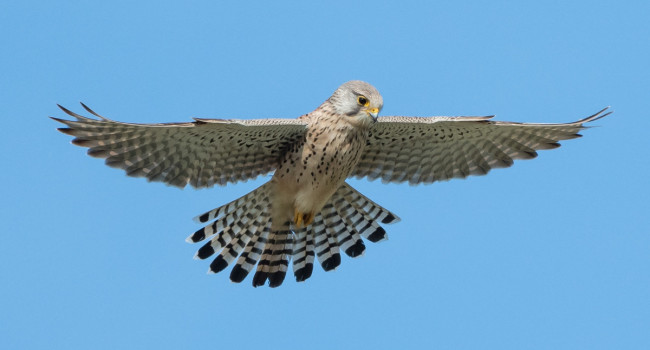
Publisher: British Trust for Ornithology
Publication Year: 2016
Binding: 1
Page Count: 464
ISBN Number: 9781908581679
Price: £15.00
Identification of European Non-Passerines
The original “Baker” (Identification Guide to European Non-Passerines) is now, as surprising as it may seem, 23 years old. Since its publication in 1993 a lot has changed – new knowledge has come to light, and a number of other publications have entered the ageing/sexing arena.
Despite the subtly different title, this is effectively a second much-expanded edition of the 1993 publication. Indeed, the first thing you notice is the books size: with 100 more pages it’s considerably thicker than the original. Most of those extra pages have been dedicated to covering waders, which were not covered in the original edition and offer a welcome replacement to Prater et al’s. Guide to the Identification & Ageing of Holarctic Waders. A quick spot check of two species I am familiar with – Common Snipe and Woodcock – showed the coverage to be a great improvement on Prater et al. Other new species covered in Baker’s 2016 publication include species such as Little Egret and Ring-necked Parakeet, and there are expansions to existing entries here and there too.
The second thing one notices with Baker’s new guide is that it now comes in full technicolour. The advantage this gives when using the figures is obvious.
There are still some gaps in the species coverage – Scops Owl, Pallid Swift, Rollers, and several woodpeckers, to name a few. In some ways, the issue of these missing species could be negated by removing the word European from the title. For ringers in Britain this guide offers comprehensive coverage of all of the species they’re likely to catch.
Vying for space in ringing boxes is Demongin’s 2016 Identification Guide to Birds in the Hand. It covers more species than Baker’s 2016 guide and with more detail – but this extra detail comes at a price. For me, Demongin can feel like information overload; not what one wants to be faced with when working under field conditions. On the other hand, the clean layout and concise text in Identification of European Non-Passerines makes it easy to work through and simple to use. Consequently, Baker’s 2016 updated guide remains my default go-to reference for non-passerines.
Book reviewed by Stephen Menzie
Buy this book




Share this page